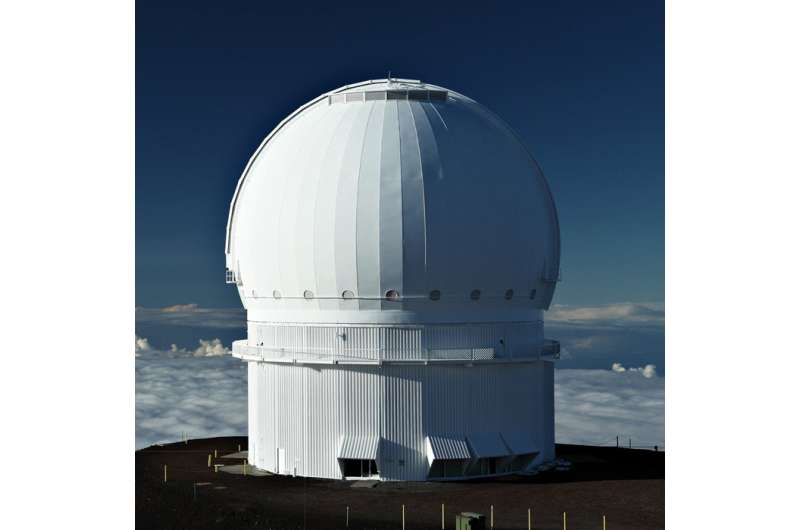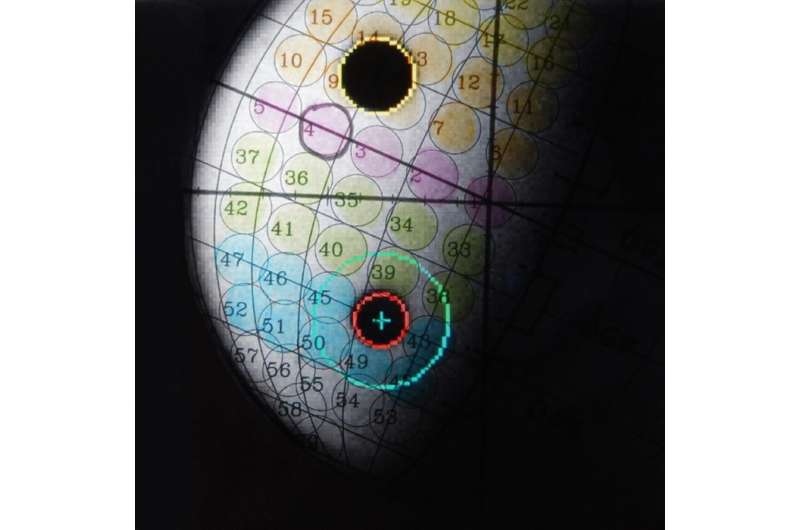Meridional wind on Venus was detected for the first time in both hemispheres

The first scientific evidence on Venus of a wind circulation between the equator and the poles, also named meridional wind, was gathered by an international team led by Pedro Machado, of the Instituto de Astrofísica e Ciências do Espaço (IA) and Faculdade de Ciências da Universidade de Lisboa (FCUL). This result was published today in the scientific journal Icarus, a reference publication in the field of Solar System research.
Analysing the light from the sun reflected on the top of the clouds on Venus, Pedro Machado and his team identified, in both hemispheres, a wind component perpendicular to the equator, consistent with the characteristic atmospheric circulation of an Hadley cell and with an average velocity of 81 km/h.
Pedro Machado (IA e FCUL) says that "this detection is crucial to understand the transfer of energy between the equatorial region and the high latitudes, shedding light on a phenomenon that for decades has remained unexplained and which is the super-rotation of the Venus atmosphere."
Presently, the scientific community is searching for a physical model capable of explaining this phenomenon of super-rotation. In this paper, the team is adding to this model through a study of the wind parallel to the equator, or zonal wind, and how it changes with time and with the latitude, together with the first results concerning the presence of a meridional wind. One of the next steps is to detect the branch of meridional wind at lower altitude along which the air returns to the equator.
Machado and his team have also designed the only method today which uses visible light to measure, from telescopes on Earth, the instantaneous speed of the wind in the atmosphere of another planet. It is based on the Doppler effect5 that the clouds, due to their motion, apply on the light of the Sun reflected on them.

Pedro Machado adds: "Several research groups attempted to measure the meridional wind on Venus. Attempts made until now based on observations from the ground were unsuccessful, while those using data from the Venus Express mission were limited to the southern hemisphere and produced results that were inconclusive".
Data used in this study published today were gathered from simultaneous and coordinated observations of the atmosphere of Venus conducted with the Venus Express spacecraft, from the European Space Agency (ESA), and with the Canada-France-Hawaii Telescope (CFHT) using the high resolution spectrograph ESPaDOnS.
More information: Pedro Machado et al. Venus cloud-tracked and doppler velocimetry winds from CFHT/ESPaDOnS and Venus Express/VIRTIS in April 2014, Icarus (2017). DOI: 10.1016/j.icarus.2016.12.017
Journal information: Icarus
Provided by Instituto de Astrofísica e Ciências do Espaço





















